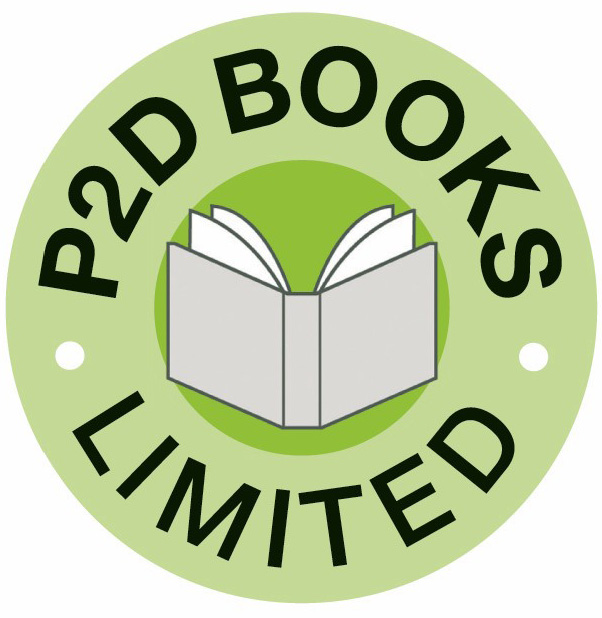A useful guide to producing a catalogue
When it comes to producing a catalogue, there are a number of things to consider. From the format, to the images, to the overall catalogue design. Not to mention the production costs, and the materials and stock used to achieve the final look. And before all that, you need to give serious thought to the content and how it could work within the parameters of a published book.
With so many things to consider, we’ve pulled together a useful guide to producing a catalogue:
Consider the format first and foremost
When it comes to catalogue printing and binding, you have the option of choosing a standard format or a customised format. Standard formats ensure optimal use of paper while taking in account machine limitations, allowing you the most for your money. Whilst custom formats allow for a bit more originality, but usually at a higher price owing to higher paper waste as these sizes don’t optimise the paper used.
There are still limitations with custom catalogues formats, so it’s worth considering what you want and why you want it. You may find a standard format works just as well as a custom one. It all depends on the type of catalogue you are trying to produce and the impact you want to have with it.
At Print2Demand, we have a wide range of trim sizes for your consideration, both in landscape and portrait options, as well as square, to ensure you get the most out of your catalogue. And if the size you require is not listed, simply select the nearest size up from what you need, and advise on the size you require when ordering. We can then quote accordingly and make a custom catalogue format to suit you and your needs.
Select a binding appropriate for your catalogue
Depending on the size of your catalogue, you will need to give consideration to how it is bound. With several options, from saddle-stitched and stapled for the smaller catalogues, to perfect bound and wire-o bound for the larger scale catalogues. There is a lot to be said about the prestige of perfect bound catalogue; turning it into more of a high-class brochure. Whilst the ease of a wire-o bound catalogue can help if you need to reference back and forth within the content. The content of the catalogue can determine the style you choose here. Wire-O bound is considered a better choice for more technical catalogues, whilst perfect bound is considered better for the more perusal type.
The type of binding chosen will also determine you margins for each page, where a greater margin is required for perfect and wire-o bound catalogues, in comparison to saddle-stitched and stapled catalogues. This margin may determine your overall catalogue design, and either reduce the content on the page or result in more pages overall.
Examine the stock and finishing options available
The paper stock you choose will determine the final cost of the catalogue, and may also determine the final style and finish. Some stocks may only available, or more optimum in certain sizes, so it may determine which stock and which size of catalogue you produce. Some papers such as designer and art papers may lead to greater waster and therefore a higher cost. At Print2Demand, we can help you to decide which stock and finish is better suited to your size to ensure your catalogue design meets your requirements.
Choose Print2Demand
Choosing and optimising your catalogue format is a complex process. So, if you’re considering producing a standard or custom catalogue, consider Print2Demand.
We are an all round UK book manufacturing and printing service. We work closely with publishers, self publishers and authors. We have a state of the art factory, complemented by our sales and marketing office in Westoning, Bedfordshire. We have invested in the very latest digital and litho printing technology, to integrate with a fully equipped craftsman bindery. The conclusion of which means we are offering both softback and hardback books, to a very high standard of quality.
Order your book printing online or contact our team for more information.

